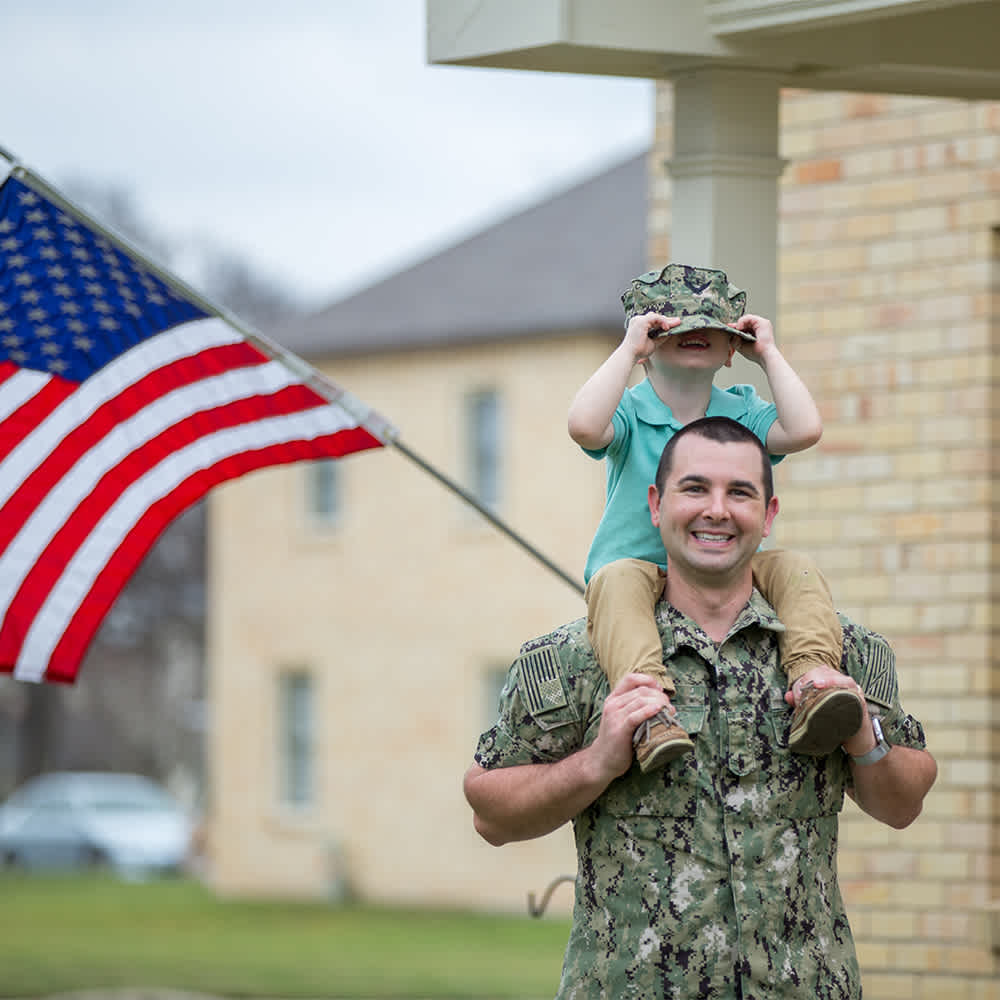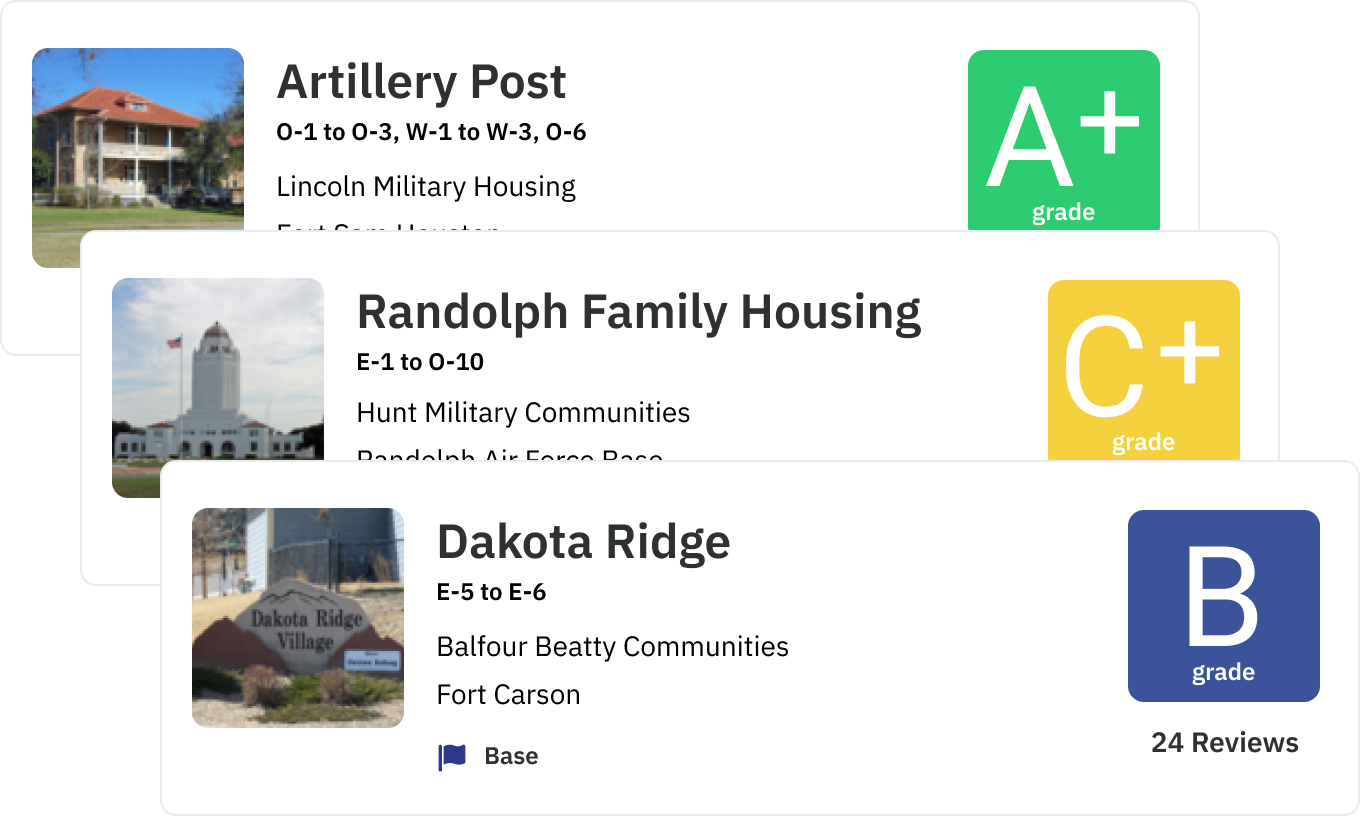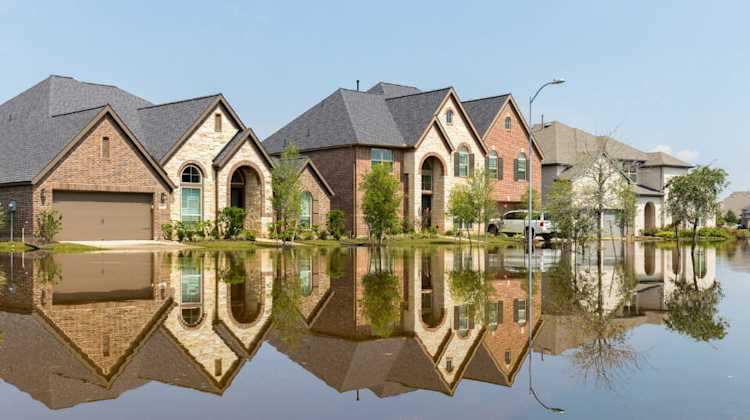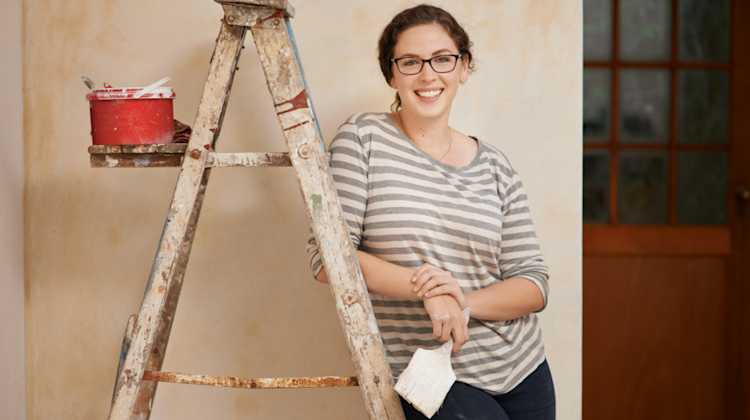5 Steps to Disaster Prep Your Family Like a Pro
by PCSgrades Staff - July 25th, 2022

Your service member has heard this saying at least 10,000 times: "The more you sweat in training, the less you bleed in battle." Sure, it might have been the incredible George S. Patton himself who said that to a group of soldiers, but really, he could have been saying it at an FRG meeting to family members about the importance of having an emergency plan.
The saying carries so much weight because it’s true: If you prepare for the worst, it usually turns out just fine … but you know if you forget diaper wipes, your baby is going to have a blowout; if you leave the band aids behind, someone is absolutely going to scrape their knee. We’re not saying having an emergency plan will guarantee disaster won’t hit, but if it does, you’ll be better positioned to respond, and most importantly, recover from whatever comes your way.
Here are 5 things every military family should do to prepare for a disaster, specifically after a PCS:
1. Know your threats
Believe it or not, the first step in emergency planning is to take a giant step back and assess the situation. Are you in California on a fault line and at risk for an earthquake? Are you in Guam where typhoon season is a thing? Know the disasters that are probable and possible for your corner of the world.
If you've never lived in the area before, talk to your real estate agent, your insurance agent, or other local military families about the natural disasters that are possible in your area. You'll find more details about the natural disasters specific to different duty stations here.
You'll also want to consider other types of emergencies--like a car accident or medical issue when you are stationed far from family. When you face the threats and fears of your new location, you can begin to prepare for the worst case scenario.
2. Create a family plan
You’ve identified your duty station’s risks, so now it’s time to go to the next, much bigger step: creating a family emergency plan.
What your family does for an impending Category 5 hurricane is going to look very different from what you do when there’s an active shooter. Having different plans for each threat is imperative. So, how do you come up with a plan? Luckily, ready.gov makes it very easy for you! They’ll walk you through every step of the way, to make sure you’ve thought of everything. Creating a plan takes special considerations like:
Different ages of members within your household
Responsibilities for assisting others
Locations frequented
Dietary needs
Medical needs including prescriptions and equipment
Disabilities or access and functional needs including devices and equipment
Languages spoken
Cultural and religious considerations
Pets or service animals
Households with school-aged children
Ready.gov factors in all of these circumstances to give you the most robust plan possible.
3. Communicate your plan
A family plan will only work for your family if they know what it is. Do your kids know who to call in an emergency? Where to go if you’re stuck on base and they’re at school and there’s an emergency in town? Talk to all family members about your plans, and use landmarks or phone numbers they can remember.
Also, it’s critical additional caregivers (babysitters, nannies, grandparents, etc.) know your plan, too. Making sure everyone is operating from the same playbook is a necessity. The military has paperwork called a Family Care Plan, which is required for dual military couples or anytime a service member deploys. You can complete one any time, and file a copy with your unit Readiness Officer. Then they will know who to contact during an emergency, and details about who is responsible for your children or pets.
4. Make a disaster kit
Making your disaster kit is a fun family activity you can do together. Use the checklist from Ready.gov to prep your kit, and then get your kids involved. What if the lights were out for 24 hours - -what would we need? What would you want to eat? How would we heat it? Where do we keep the flashlights or candles? And can we still use the toilets if the power is out?
Involving your children will not only create awareness about your family emergency plan, it will also add a sense of security for them if disaster strikes.
Don't forget the importance of keeping your vehicle ready for an emergency evacuation. You'll find tips to keep your car ready for any disaster in this article here.
5. Practice your plan!
Another great military saying: No plan survives first contact. It’s imperative you practice your emergency plan to see what works, what doesn’t, and what improvements are needed. Maybe it’s completely impractical for your 10-year-old son to carry his 3-year-old sister to the car, but maybe he can get the dog instead. Like most things, you won’t know until you try. Talk to your kids about the importance of having a plan and practicing it.
We know emergency preparedness can be daunting and we also recognize it can sound scary to kids (let’s be honest, to parents, too!). The American Red Cross recommends talking to your kids about it to reduce some of the anxiety and fear.
From the Red Cross:
Your Child’s Response May Be Shaped By Yours
Feelings of fear are healthy and natural, but in a disaster, your children will be looking to you for clues on how to act:
If you show alarm, your child may become more scared, seeing your fear as proof that the danger is real.
If you seem overcome with loss, your child may feel their losses more strongly.
If you are able to demonstrate that you feel calm and in control, your child may feel more confident and better able to cope.
Looking for other ways to talk to your kids about preparedness? Play Pedro’s Fire Safety Challenge. Pedro’s Fire Challenge is a fun and engaging interactive game created by the Red Cross for children ages 4-8 years old that teaches age-appropriate skills for handling a home fire emergency and other stressful situations. Pedro the penguin guides children through a set of activities on topics such as home fire safety, coping skills, and good old-fashioned penguin fun! At the end of the challenge, children earn a fire safety badge.
Learn more about family preparedness from the Red Cross, here. Emergencies can be scary; the planning doesn’t have to be! Get started today.








